Looking for beginner-friendly skis that won’t hold you back as you improve? Let’s cut to the chase: Snowfeet* gear is a fantastic option for advancing skiers. They’re shorter, easier to handle, and work with regular winter boots - no need for expensive ski boots or bulky gear. Plus, they’re portable enough to toss in a backpack. Here’s a quick breakdown:
- Mini Ski Skates (38–50 cm): Great for absolute beginners. Lightweight, easy to carry, and budget-friendly ($129–$179). Best for groomed slopes and small hills.
- Skiskates (44 cm): Perfect for those ready to level up. Offers more control and versatility ($390). Ideal for packed snow and terrain parks.
- Skiblades (65–120 cm): Closer to regular skis but shorter and easier to manage. Prices range from $450 to $690, depending on the size.
- Entry-Level Skis from Major Brands (Rossignol, Atomic, etc.): Reliable but bulkier and pricier ($450–$700+), plus you’ll need ski boots and bindings.
Want something light, fun, and easy to learn with? Snowfeet* products are worth considering. Keep reading for more details on each option.
Choosing skis and ski boots for beginner, intermediate and advanced skiers.
1. Snowfeet* Mini Ski Skates (38 cm [15 in], 50 cm [20 in])
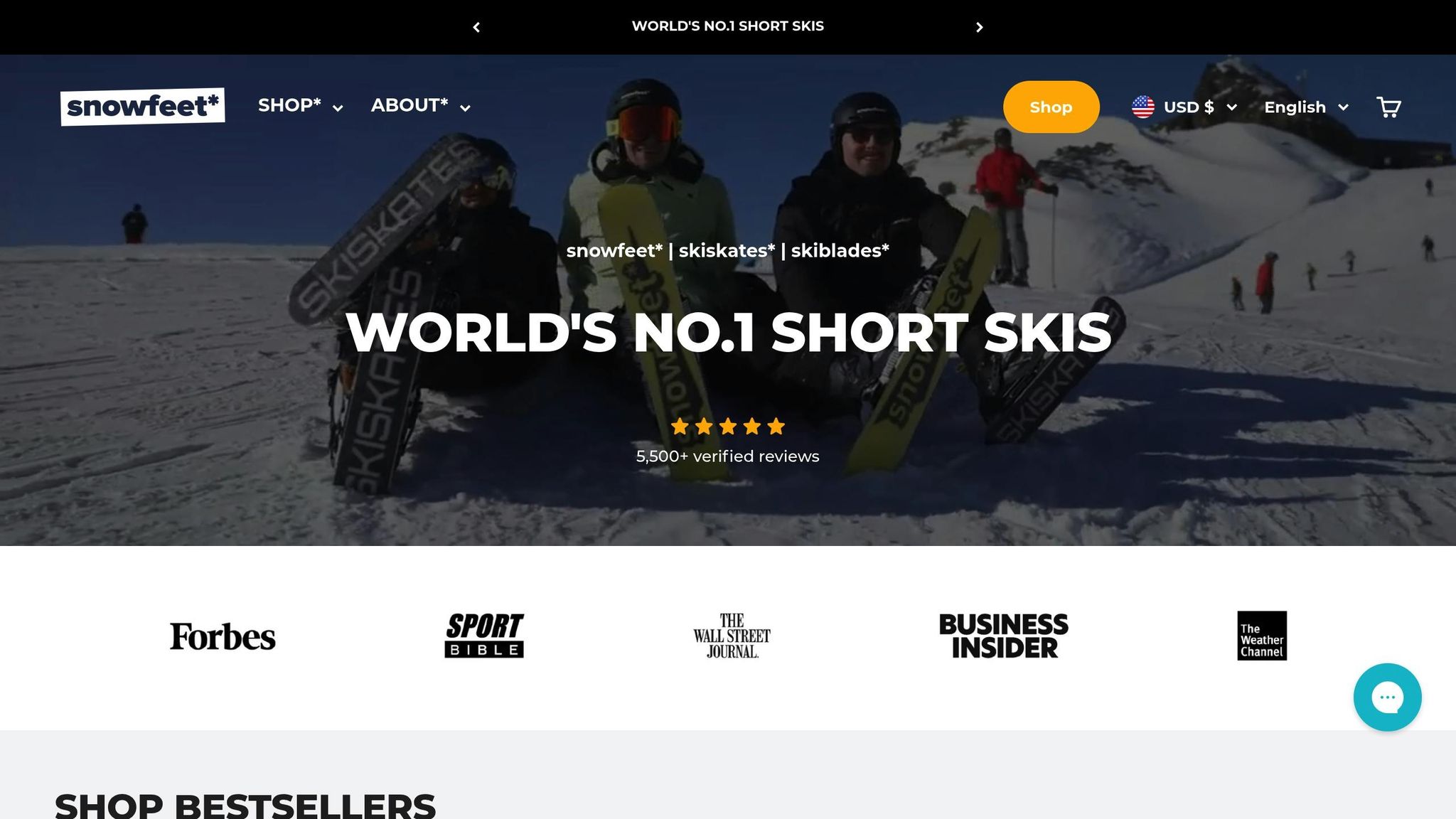
The Snowfeet* Mini Ski Skates are the smallest in the Snowfeet* lineup, offering a perfect starting point for those new to the slopes. With lengths of 38 cm (about 15 inches) and 50 cm (about 20 inches), these skates feel more like ice skates than traditional skis, making them less intimidating for beginners. Their design encourages quick skill development, giving you a smooth introduction to skiing.
One great perk? They work with your regular winter boots. Skip the hassle (and cost) of renting ski boots - just strap these onto your everyday footwear, and you're good to go.
Skill Progression Made Simple
These mini skates are excellent for helping beginners master the basics. Their shorter length makes them easier to maneuver, which is key for learning how to carve and turn. The compact design also improves balance and edge control, helping you avoid catching an edge while practicing proper stance and turning techniques. Unlike entry-level skis that can be as long as 140–160 cm (55–63 in) and feel unwieldy, these skates let you focus on building confidence and technique.
Lightweight and Portable
When you're just starting out, lugging around heavy gear can be a drag. The 38 cm model weighs only about 1.3 lbs per pair, while the 50 cm option comes in at around 2.2 lbs. Compare that to entry-level skis from brands like Head or Elan, which can weigh 6–10 lbs, and you'll see why these skates are a game-changer. Their lightweight design means they easily fit into a backpack, making them ideal for travel - whether you're catching a flight, heading out for a weekend trip, or just visiting your local snow park.
Best Terrain for Mini Ski Skates
These skates shine on groomed slopes, small hills, and snow parks. Their short length makes them perfect for tight spaces and quick turns, whether you're on beginner runs or exploring urban spots like parks or golf courses. They're best suited for packed snow and gentle terrain, where most beginners spend their time. However, they aren’t ideal for deep powder, off-piste adventures, or high speeds, as longer skis offer better stability and float in those conditions.
Affordable Pricing (USD)
As of July 2025, the 38 cm model is priced at $129–$149, while the 50 cm version costs $159–$179. Compared to entry-level skis - which can cost $300–$500 for skis alone and over $800 when you factor in bindings and boots - these mini skates are a budget-friendly option. They’re a low-risk investment if you’re trying out skiing for the first time or considering other winter sports down the road. With these skates, you can start your skiing journey without breaking the bank.
2. Snowfeet* Skiskates (44 cm)
The Snowfeet* Skiskates, measuring 44 cm (about 17 inches), are a fantastic choice for advancing beginners who want to explore skiing without committing to full-length skis. These skiskates combine elements of skating and skiing, creating a smooth and intuitive experience. As Snowfeet* founder Zbyněk puts it:
"In my opinion, Skiskates is the best product for slopes we developed so far. I love how easy they are to ski and skate and how many different kinds of tricks I can perform without much effort and almost no restrictions."
This size strikes a great balance between stability and agility, and they’re compatible with a variety of winter and snowboard boots. For those moving up from Mini Ski Skates, these offer more control and maneuverability, making them perfect for honing your skills.
Helping You Advance Your Skills
These skiskates are excellent tools for building core skiing techniques. With their forward stance and independent leg movement, they’re easier to master compared to snowboarding, which often requires full-body coordination. You can practice carving, edge control, and even basic tricks with less worry about catching an edge. They’re a great stepping stone for those looking to eventually transition to longer skis from brands like Rossignol or Atomic. Their design grows with you, making the move from beginner to intermediate skiing feel seamless.
Lightweight and Easy to Carry
Weighing just 2.8 lbs per pair, these skiskates are much lighter than traditional ski setups, which can weigh anywhere from 8–12 lbs and require separate boots. Their compact size means you can toss them into a backpack or carry-on, making them perfect for impromptu snow days or winter vacations.
Versatile Terrain Use
The 44 cm skiskates are designed for groomed slopes and terrain parks, offering a skating-like experience that users love. Reviews highlight how quickly people adapt to them on packed snow, though deep powder can be tricky. On February 16, 2025, Atanas T. from Sofia shared how quickly he mastered these skiskates on groomed runs and hard-packed off-piste sections in Kopaonik. Similarly, on March 26, 2025, Paul Ague from Phoenix said the skiskates reminded him of skating, and his size 32.5 ski boots fit perfectly. His son even wanted a pair after trying them!
Price and Value
With a price tag of $390 as of July 2025, these skiskates offer solid value. They work with the boots you already own, making them a budget-friendly alternative to traditional ski packages, which can easily exceed $700. Their combination of performance, portability, and affordability makes them a smart investment for anyone looking to hit the slopes.
3. Snowfeet* Skiblades (65 cm, 99 cm, 120 cm)
Snowfeet* Skiblades are a great option for beginners looking to level up their skiing skills. Available in three lengths - 65 cm (26 in), 99 cm (39 in), and 120 cm (47 in) - these skiblades fill the gap between mini skates and full-length skis from brands like Head or Elan. Their shorter design offers a perfect mix of stability and agility, making them easier to handle than traditional skis, which usually range from 150–180 cm. They’re a fun way to build confidence on the slopes without feeling overwhelmed.
The Snowfeet team sums it up perfectly: "If you're after something easy, versatile, and just plain fun, snowblades might be your new best friend." These skiblades are all about quick, controlled movements - ideal for anyone wanting to sharpen their skills while keeping it lighthearted.
Support for Skill Development
Each skiblade length is tailored to help you progress at your own pace. The 65 cm model is perfect for mastering basic turns and gaining confidence. If you’re ready for more, the 99 cm skiblades are great for intermediate skiers, offering quick, sharp turns and a smooth, rollerblade-like feel on snow. They’re especially popular with freestyle skiers in terrain parks. For those tackling varied conditions, the 120 cm model provides extra stability without the bulk of full-length skis.
Easy to Carry, Easy to Store
One of the best things about skiblades? Their compact size. Unlike traditional skis, which often require roof racks or bulky ski bags, skiblades are lightweight and easy to transport. You can toss them in your car or carry them without breaking a sweat.
Versatile on the Slopes
Skiblades shine on a variety of terrains. They’re fantastic for groomed runs, moguls, and terrain parks, giving beginners a tool that adapts to different challenges. While long skis are better for deep powder, skiblades handle most slopes with ease, so you won’t feel the need to upgrade too soon.
Price (USD)
Skiblades are also budget-friendly. The 65 cm model is priced at $450, the 99 cm at $490, and the 120 cm at $690. Compared to traditional ski setups that often exceed $800, skiblades offer great value - plus, they work with the boots you already own.
sbb-itb-17ade95
4. Entry-Level Skis from Major Brands (Rossignol, Atomic, Elan, Head)
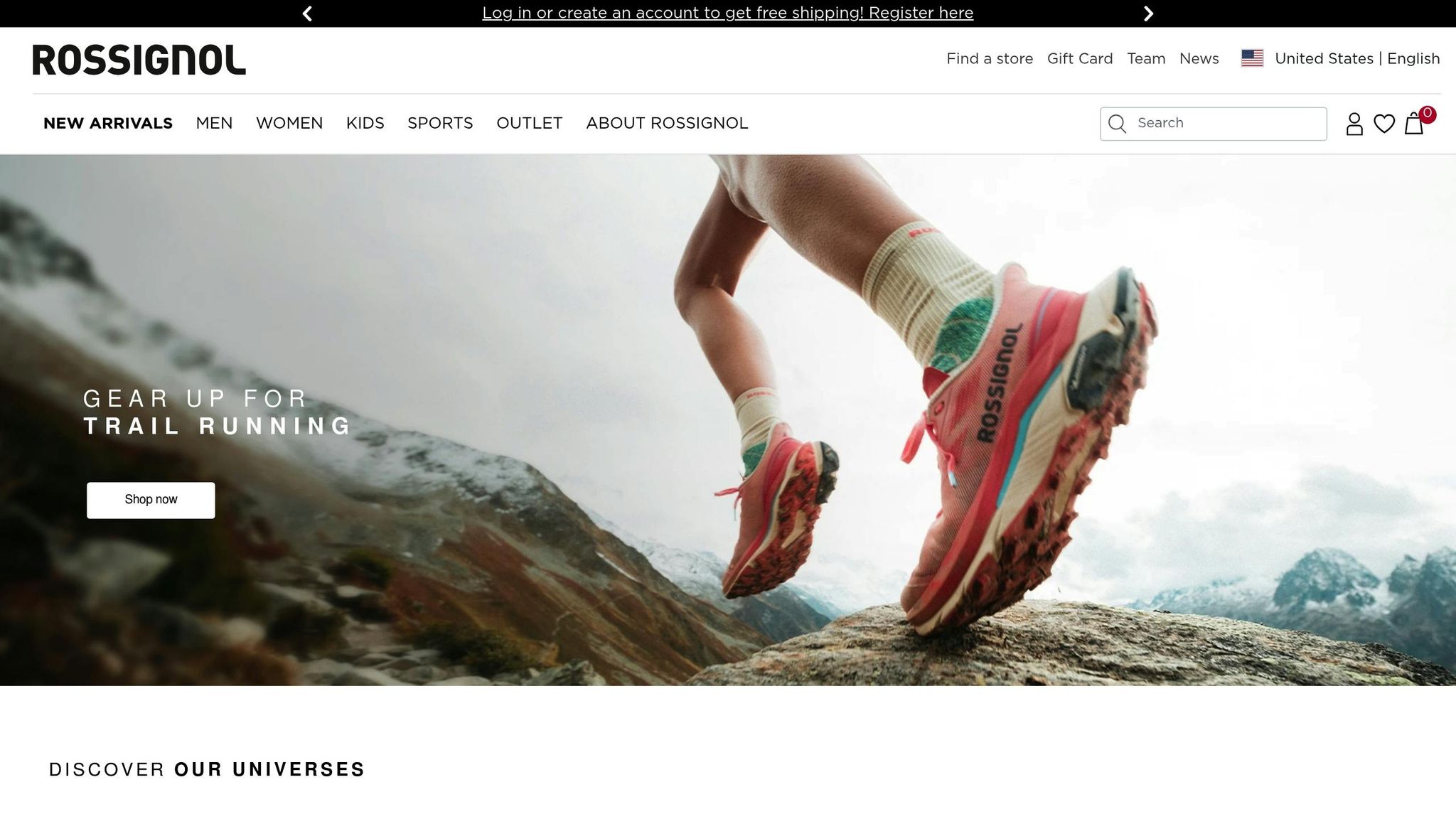
Traditional entry-level skis from well-known brands like Rossignol, Atomic, Elan, and Head have been a go-to choice for beginners looking to improve their skills. These companies bring decades of experience to their designs, creating skis that help new skiers develop solid techniques. Popular models include the Rossignol Experience 76, Atomic Vantage 75, and Elan Wingman 78, along with other beginner-friendly options from Head. While these skis deliver dependable performance, they lack the portability and agility found in Snowfeet* gear. This difference is why many learners are now exploring Snowfeet* as a more versatile alternative.
Skill Progression Support
Skis like the Rossignol Experience 76 and Atomic Vantage 75, which range from 150–180 cm in length, are built to provide stability, especially at higher speeds. This stability can be great for beginners, but the longer size can make them feel cumbersome for those still mastering their balance. Turning and maneuvering require more effort, which might slow down the learning process. Snowfeet* products, on the other hand, prioritize quick, responsive movements, helping beginners build confidence faster and making the experience more enjoyable.
Portability and Weight
One of the biggest drawbacks of traditional skis is their size and weight. They’re bulky, requiring roof racks or large ski bags for transport. This can be a hassle for families or anyone without much storage space. Snowfeet* products, however, are compact and lightweight. They can fit in a car trunk or even be carried in a backpack, making them perfect for spontaneous trips or for those who want an easier, more portable option.
Terrain Options
Traditional entry-level skis are designed for groomed runs and can handle a variety of slopes, from gentle beginner areas to more challenging terrain. Their focus on stability and performance at speed often comes at the expense of agility. Snowfeet* products flip the script, offering a playful and nimble experience. This makes them especially appealing for beginners who want to experiment with quick, fun movements as they learn.
Price Range (USD)
Cost is another area where Snowfeet* has an edge. Traditional entry-level skis from major brands typically fall within the $450–$700 range, with complete setups (including bindings, boots, and poles) easily exceeding $800–$1,000. For example:
| Brand | Model | Price Range |
|---|---|---|
| Rossignol | Experience 76 | $450–$480 |
| Atomic | Vantage 75 | $480–$600 |
| Elan | Wingman 78 / Wildcat 76 | ~$600 |
| Head | Various beginner options | ~$450–$700 |
In contrast, Snowfeet* products are much more budget-friendly. Snowfeet* Skiskates start at about $150, and Snowfeet* Skiblades are available for around $450. Plus, they work with regular winter boots, which eliminates the need for pricey ski boots. This affordability makes Snowfeet* a great choice for beginners who want to try skiing without committing to a large upfront investment.
Pros and Cons
When picking the right "grow with me" skis for advancing beginners, it’s important to think about what each option brings to the table. Let’s break down the pros and cons of Snowfeet* products compared to traditional skis.
| Product | Pros | Cons |
|---|---|---|
| Snowfeet Mini Ski Skates (38–50 cm) | - Super portable - fits in a backpack - Works with regular winter boots - Starting at $150, making it the most budget-friendly option - Great for improving balance and agility - Perfect for tricks and freestyle fun |
- Limited speed potential - Doesn’t directly translate to traditional skiing skills - Less stable at higher speeds |
| Snowfeet Skiskates (44 cm) | - Durable wood core construction - Metal edges make them resort-friendly - Heel brake helps with speed control - More nimble than traditional skis - Combines elements of skiing, snowboarding, and skating |
- Focused on agility rather than speed - Learning curve differs from traditional skiing - Higher price point, starting at $390+ |
| Snowfeet Skiblades (65–120 cm) | - Multiple sizes to match skill growth - Made with high-quality materials - Better carving ability compared to shorter models - Works on various terrains and in snow parks - Offers a skiing experience closer to traditional setups |
- Costs range from $450–$690 - Less portable than mini ski skates - Takes up more storage space |
| Traditional Entry-Level Skis | - Softer flex makes turning easier - Specifically designed to help beginners learn proper technique - Excels at carving and edge control on groomed slopes - Often comes with integrated bindings - Proven for skill-building |
- Bulky and hard to transport - Expensive, typically $450–$700, plus boots and bindings - Requires specialized ski boots - Less agile and harder to maneuver - Can feel unwieldy for beginners still working on balance |
Skill Progression Support
Traditional skis are built to help learners master proper technique with their softer flex, ideal for initiating turns. On the other hand, Snowfeet* products focus on agility and quick skill-building, which can be more engaging for beginners .
Portability
Snowfeet* products are compact enough to fit in a backpack or car trunk, making them way easier to carry around compared to the bulkiness of traditional skis.
Terrain Versatility
Traditional beginner skis shine on groomed slopes and are tailored for on-trail use. Snowfeet* products, however, handle a variety of terrains, giving you more freedom to explore. As the Snowfeet Team puts it:
"Snowfeet and Skiskates are compact alternatives to traditional skis"
This versatility makes Snowfeet* a great choice for beginners who want to try different snow conditions.
Cost Considerations
Snowfeet* products are a budget-friendly way to get into skiing. They work with your regular winter boots and start at just $150, making them much more affordable than traditional setups, which can easily top $1,000 when you factor in boots, bindings, and poles.
Learning Curve
Traditional skis focus on teaching classic technique, which can take time to master. Snowfeet* products, on the other hand, offer a fun, approachable introduction to snow sports. They’re designed to make learning playful and accessible, which can be especially appealing for beginners.
Conclusion
Each Snowfeet* option offers something special for advancing beginners, making them a standout alternative to traditional skis. These products are designed to grow with your skills, offering a more accessible and flexible approach to skiing.
If portability and versatility are your top priorities, the Snowfeet* Mini Ski Skates are a great pick. They perform well on groomed slopes, hiking trails, and even local sledding hills - all while being compatible with regular winter shoes. As Snowfeet* points out, they’re "suitable for hiking, cross-country trails, ski slopes, or local sledding hills, and can be worn with any winter shoes".
For those seeking a bit more performance without the bulk, the Skiskates are a solid upgrade. With a wood core and metal edges, they bring resort-ready performance while being lighter and more maneuverable than traditional skis. They’re perfect for anyone looking to step up their game without committing to a full set of ski gear.
Meanwhile, Skiblades offer the closest experience to traditional skiing but in a shorter, more manageable package. With lengths ranging from 65 cm to 120 cm, they cater to different skill levels and preferences. Shorter models are ideal for quick turns and tricks, while longer ones provide better carving stability. Snowfeet* notes, "One of the best things about snowblades is how easy they are to control. Because they're shorter, there's less ski to manage, making them perfect if you're new to the slopes or just want something a bit more laid-back".
So, which one stands out as the best all-around choice? For most advancing beginners, the Snowfeet* Skiskates hit the sweet spot. They balance performance, versatility, and ease of use, all while working with footwear you likely already own. Unlike traditional skis that require extra investment in boots and bindings, Skiskates keep things simple.
The beauty of any Snowfeet* product lies in how they make skiing more approachable and fun. Whether you go for Mini Ski Skates, Skiskates, or Skiblades, you’re investing in gear that grows with you - without the bulk or cost of conventional setups. It’s all about keeping the slopes enjoyable while helping you build real skiing skills.
FAQs
How do Snowfeet* products compare to traditional skis for beginners looking to improve?
Snowfeet* products break away from the mold of traditional skis with their shorter, lighter, and more beginner-friendly design. Ranging in length from 44 cm to 120 cm, they’re much easier to handle, giving new skiers a chance to build confidence quickly. Unlike traditional skis from brands like Rossignol or Atomic - which are longer and demand more skill to control - Snowfeet* offers a more approachable experience, especially for those just starting out.
What really sets Snowfeet* apart is their simplicity. You don’t need specialized ski boots or bindings; they strap right onto your regular winter boots. This makes them way more convenient and portable, cutting out the hassle of lugging around bulky gear. Plus, you save on the extra costs of traditional equipment. If you’re searching for an easy, fun way to hit the slopes and improve your skills, Snowfeet* might just be your perfect match.
How do Snowfeet* Skiskates and Skiblades support skill development for advancing beginners?
Snowfeet* Skiskates and Skiblades are a game-changer for beginners looking to improve their skills without feeling overwhelmed. Thanks to their shorter length and lightweight build, they’re much easier to handle than traditional skis or snowboards. This design gives you more control, making it simpler to nail those turns and build confidence on the slopes - without the frustration that often comes with bulkier, heavier gear.
Another bonus? Their compact size makes them super portable and versatile. Whether you’re hitting the slopes for a quick session or trying something new, Snowfeet* gear offers an approachable way to enjoy skiing. They’re perfect for beginners who want a smoother, less intimidating path to mastering the basics while still having a blast.
Are Snowfeet* products good for all types of winter terrain, or do they work better in specific conditions?
Snowfeet* products are a fantastic choice for groomed trails, ski parks, and gentle hills. Their lightweight build and nimble design make them a breeze to use, especially on smoother terrain. If you're after something fun, portable, and easy to handle, these might just be your new favorite gear.
That said, they’re not the best fit for deep powder, steep slopes, or rugged backcountry adventures. Snowfeet* are all about control and agility, thriving in settings where precision matters more than tackling extreme or highly challenging terrains.





















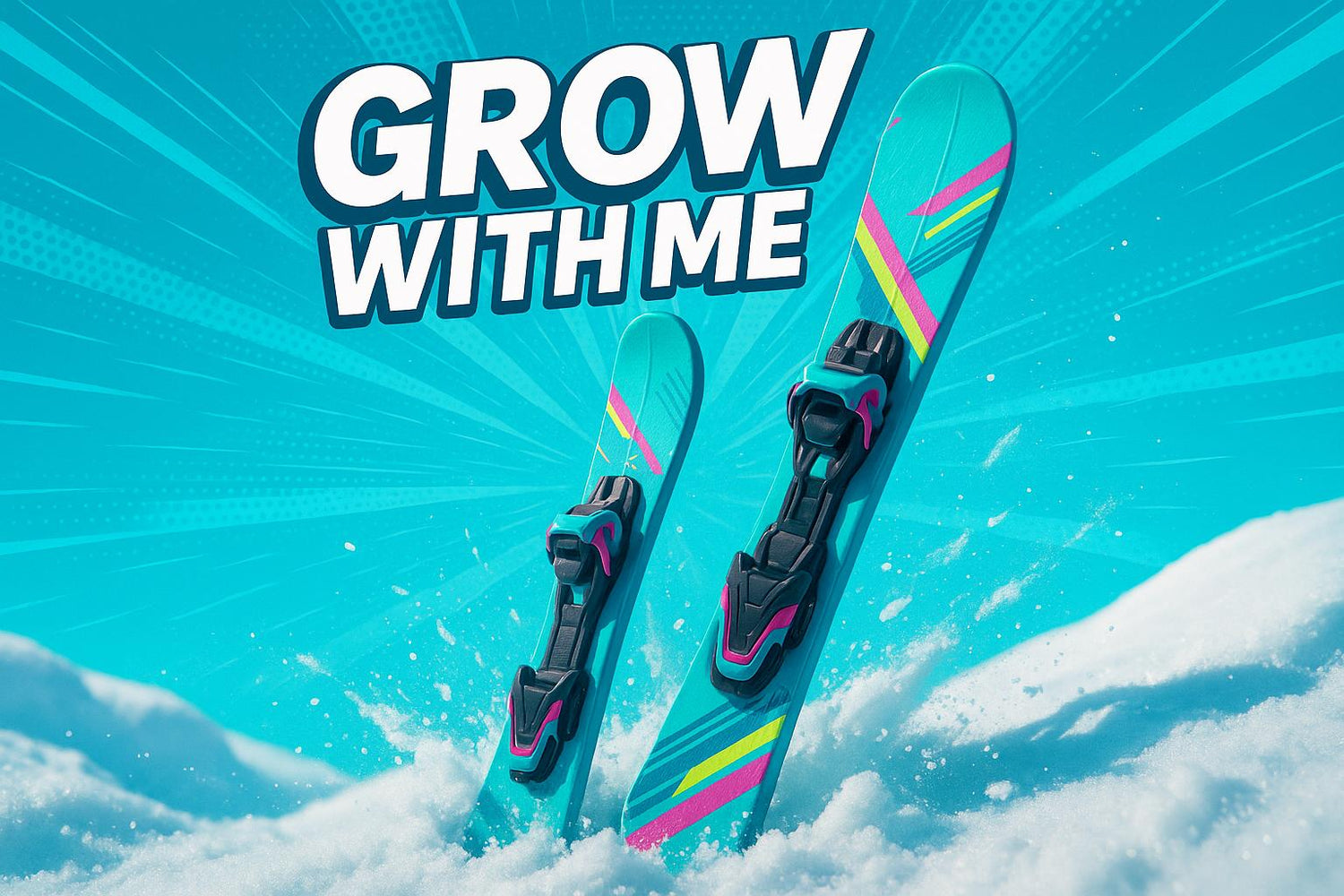
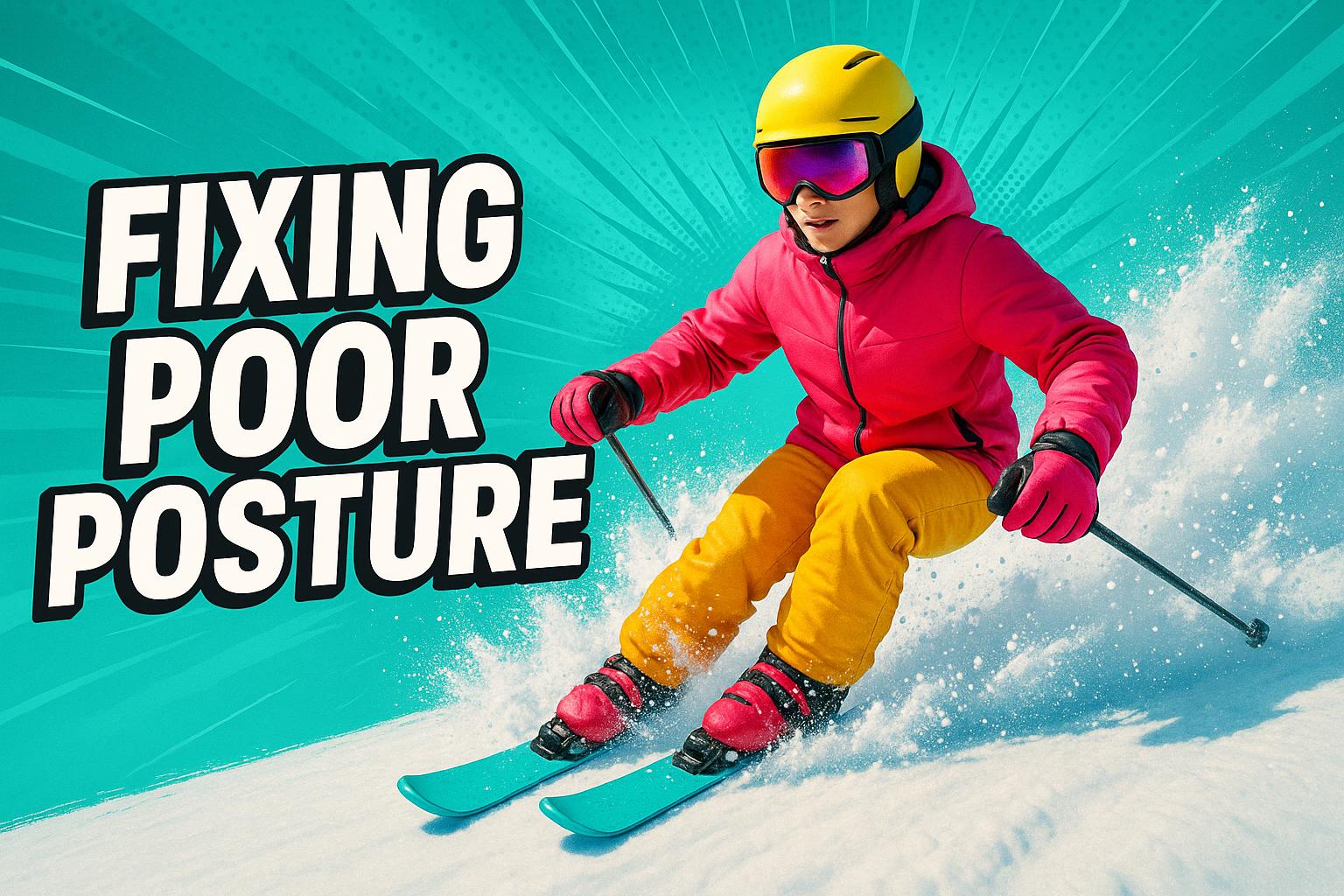
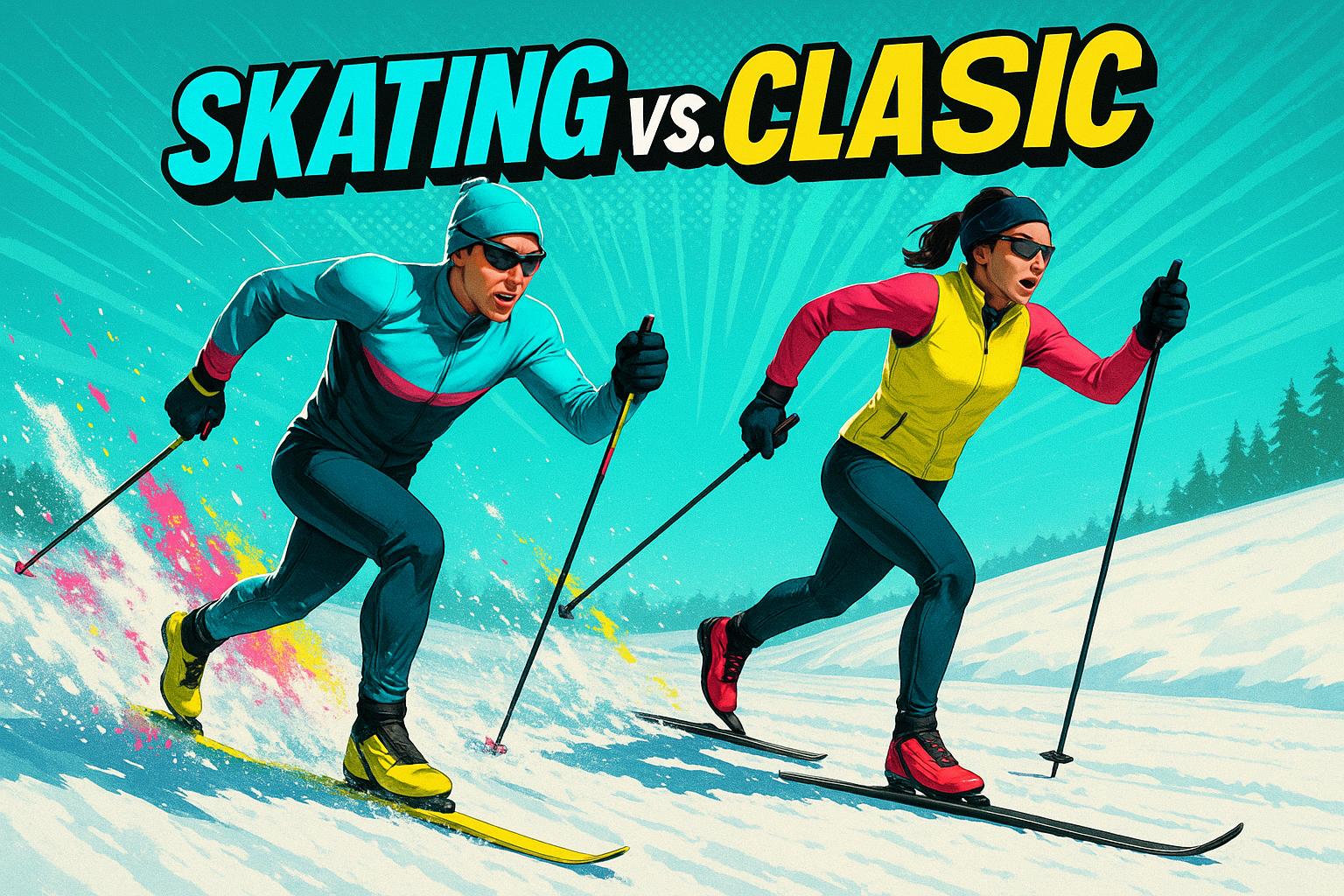










Leave a comment
This site is protected by hCaptcha and the hCaptcha Privacy Policy and Terms of Service apply.